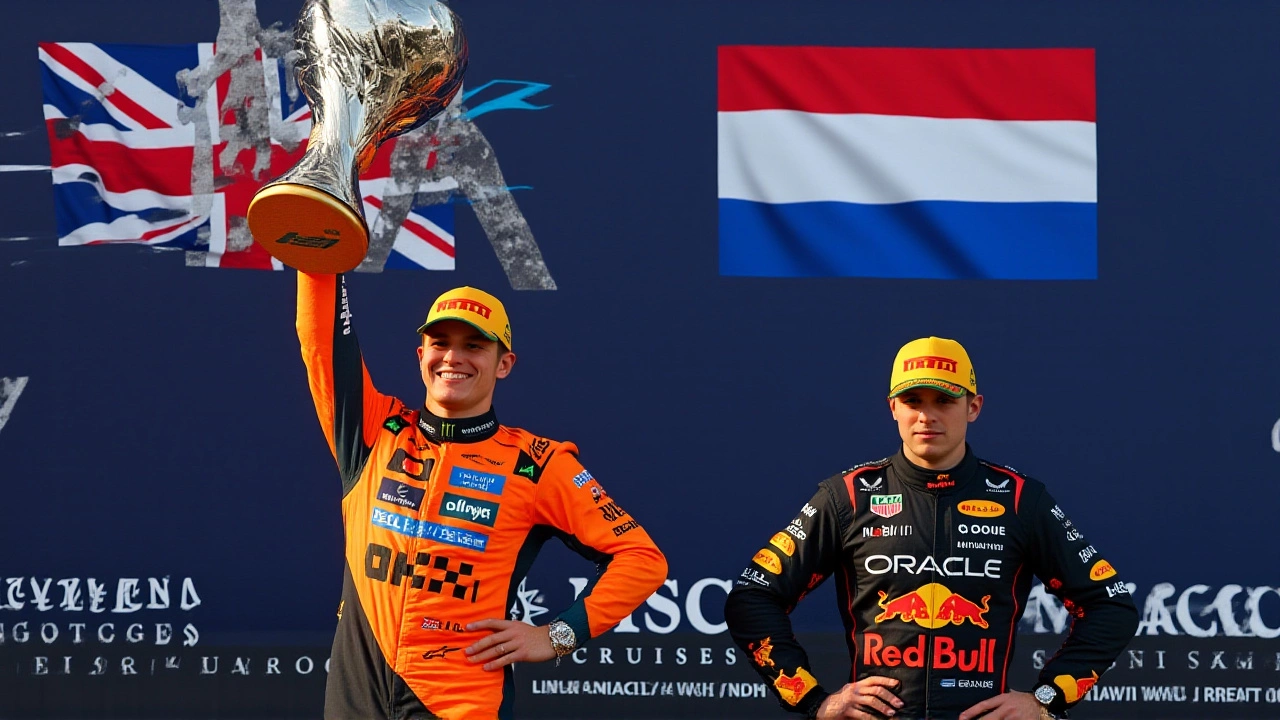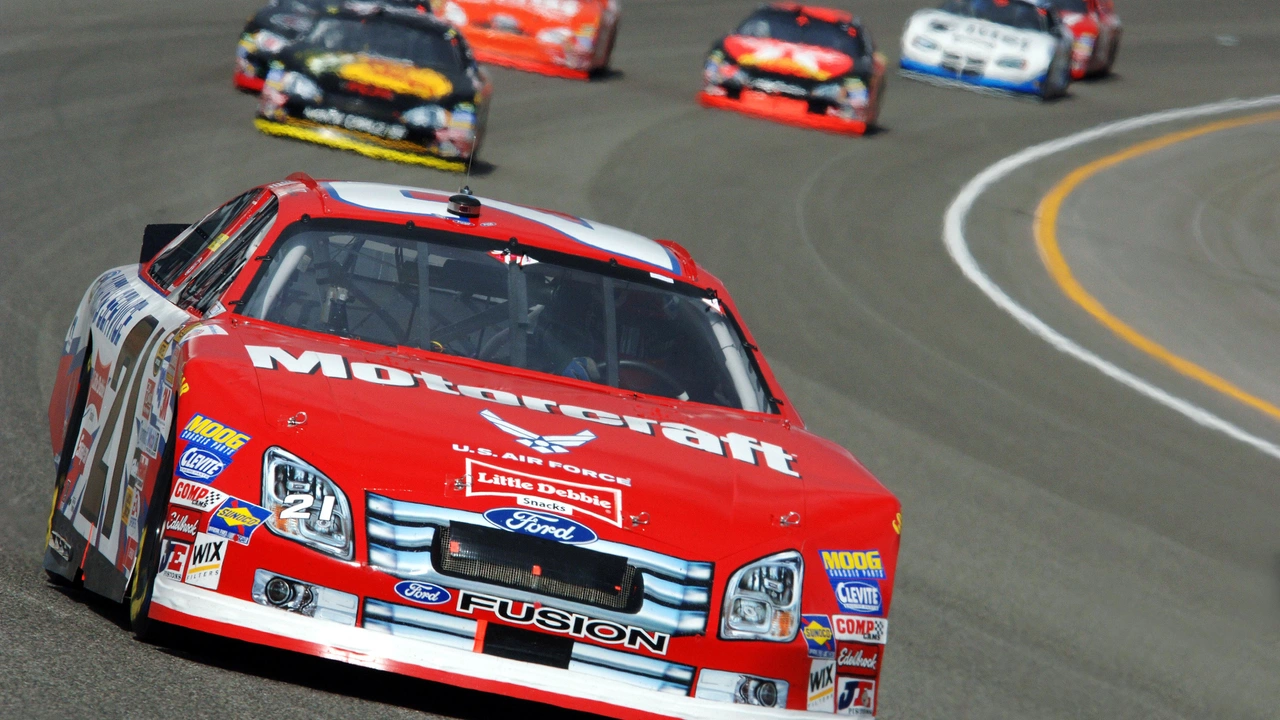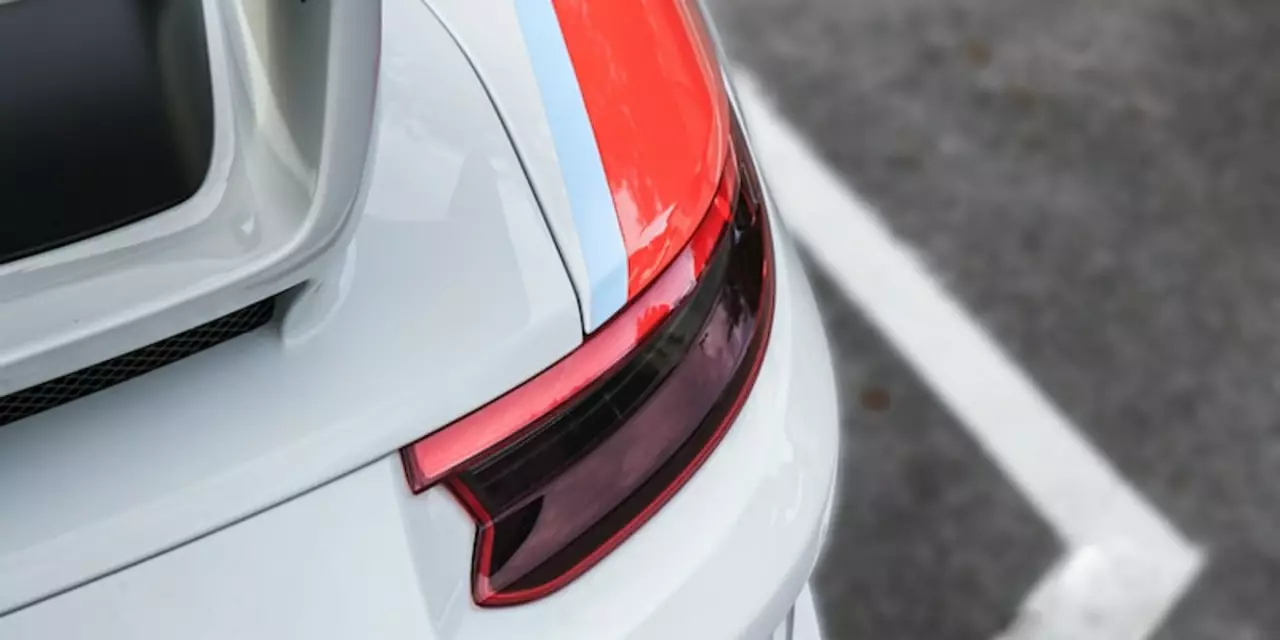Motorsports: What Makes Speed So Addictive?
Ever wonder why the sound of an engine can give you chills? Whether it’s a roaring Formula 1 car or a sleek MotoGP bike, the thrill is real. Here at Motorsport Memories UK we break down the buzz, the history, and the questions fans keep asking.
Why Formula 1 dominates the auto‑racing world
Formula 1 isn’t just another race series – it’s the global flagship of auto racing. The cars zip around a circuit at over 200 mph, packed with cutting‑edge tech that even the average driver can’t imagine. That speed, paired with a drama‑filled championship, draws fans from every corner of the planet. In fact, a quick look at viewership numbers shows F1 outpaces any other motorsport on TV and streaming platforms.
What really fuels the craze? First, the drivers are megastars. Names like Lewis Hamilton and Max Verstappen become household brands, and their rivalries keep the conversation alive all season long. Second, each race is a blend of engineering and strategy – teams juggle tire choices, fuel loads, and weather conditions in real time. That mix of raw power and brainy tactics makes every lap feel like a chess move at 300 km/h.
If you’re just getting started, watching a Grand Prix is the fastest way to feel the sport’s pulse. Pick a race, follow the live timing, and you’ll quickly see why fans call it the "pinnacle of motorsports."
The Spanish‑Italian surge in MotoGP
Switching from four wheels to two, MotoGP tells a different story but shares the same passion. Spanish and Italian riders dominate the podium, and the reasons go deeper than just talent. Both countries invest heavily in youth academies, track facilities, and local championships that act as pipelines to the world stage.
Take Spain’s “Copa de España” series or Italy’s “Campionato Italiano Velocità.” Young riders get race‑craft experience early, and manufacturers scout talent straight from these feeder series. Add to that a cultural love for motorcycling – you’ll find kids riding mopeds on weekend streets, dreaming of a world‑class bike.
Teams also play a big role. Spanish outfits like Red Bull KTM and Italian powerhouses such as Ducati bring home a lot of sponsorship money, which means better bikes and more seats for local riders. The result? A self‑reinforcing cycle where success breeds more success, and fans keep cheering for their hometown heroes.
So, whether you’re into the high‑tech glamour of F1 or the gritty, bike‑centric battles of MotoGP, the common thread is community. UK fans gather at local tracks, online forums buzz with race predictions, and memorabilia stalls – like the ones we offer – let you carry a piece of that excitement home.
Ready to dive deeper? Explore our blog posts, check out classic race prints, and join a community that lives for the next lap. Motorsports isn’t just a sport – it’s a lifestyle, and you’re invited to be part of it.
Norris Keeps F1 Lead After McLaren Double DQ: Verstappen and Piastri Tied at 366 Points
After a double disqualification for plank wear, Lando Norris retains his 24-point F1 championship lead over tied rivals Oscar Piastri and Max Verstappen, setting up a dramatic finale at Qatar’s Lusail Circuit.
What is the most popular type of auto racing?
From my research and observations, it's clear that Formula 1 racing holds the crown as the most popular type of auto racing worldwide. Sometimes called the pinnacle of motorsports, it's revered for its high speeds, technological sophistication, and international appeal. Passionate fans from all over the globe closely follow the thrilling action, cheering for their favorite drivers and teams. This high-octane sport not only offers adrenaline-pumping excitement but also engages viewers with its strategic intricacies. So, if you're looking to dive into auto racing, Formula 1 is a great place to start.
Why are most of the racers in MotoGP Spanish and Italian?
The MotoGP is a premier motorcycling championship in the world. The championship has been dominated by Spanish and Italian riders over the years. This is due to the fact that these two countries have the best infrastructure and resources for motorsport, as well as a passion for the sport amongst the population. Additionally, Spanish and Italian riders have access to the best training and coaching facilities, which help them become more competitive. Lastly, the presence of several Spanish and Italian teams in the championship has led to more riders from these countries competing in the MotoGP.


